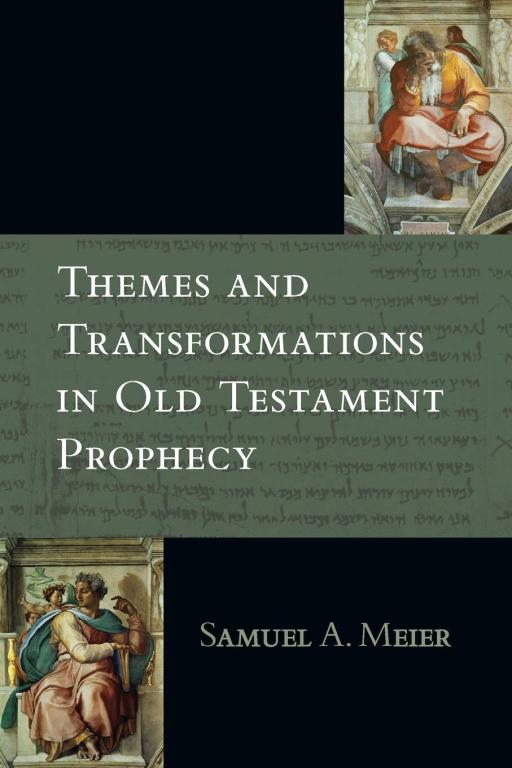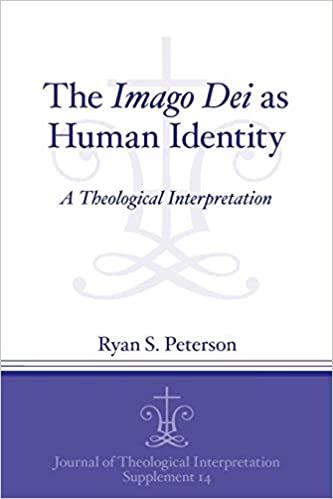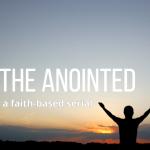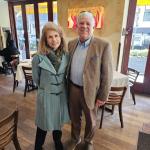Cain and Abel: Biblical CSI
The story of Cain and Abel is well known for being the first murder case in the history of humankind. That is, of course, assuming we take the story as a history. This is exactly how I take the text. Though if you read under different assumptions, I hope you may still find this study beneficial and thought provoking.

Let’s take on the role of investigators as we a look at the story of Cain and Abel as a sort of Biblical crime scene. This will require us to reconstruct from the clues in the text the players, the setting, and the actions of the scene. Therefore, we will attempt to answer questions that one might consider at any scene of a crime: who, when, where, and why? Again, to do this, we are assuming that the text can work in this way—that it is, in fact, a record of an actual event, and that the record, though complete enough for the purposes intended, nevertheless holds clues for us to uncover that may lead to a fuller picture. Indeed, these textual clues may serve the purpose for which the text was intended.
When reconstructing history from the Biblical text, we necessarily engage in some speculation. Hopefully, our guesses will not be unfounded, but will follow reasonably from the hints we have uncovered. Of course, there must be a measure of uncertainty in our reconstruction, as there is when interpreting even the hard physical evidence at any crime scene.
The Place
The first question we’ll consider is that of geography. Where is the scene of the crime? Okay, so the title of this post is kind of a spoiler and gives the answer away, but let’s examine the clues to see why Eden’s Gate is our likely scene before the crime, though not the scene of the crime itself.
To answer this question, we need to backtrack a little bit in the text. The first bit of evidence is found in the geography of Eden at creation. The creation account is implicit that the Garden of Eden is on the side of a mountain. A single river flows “out of Eden” and divides into four rivers (Pishon, Gihon, Tigris, and Euphrates) within the garden. The four rivers flow from the Garden into the world (Genesis 2:10). It hardly requires saying that water flows downhill. The picture we get, then, is that life-giving water originates at Edenic high ground and flows through the garden so that the garden is not the source of life but the point of its dispersion to the four corners of the world. Later, Ezekiel will speak of Eden as “the holy mountain of God” (Ezekiel 28:13-14).
The Garden of Eden is also the sanctuary, the meeting place between God and mankind. Besides the motif of sanctuaries being water sources (Ezekiel 47:1) or located on mountains like Sinai, we find in the garden two fruit bearing trees as sacramental meal—food that carries spiritual consequences. God places Adam within the garden to “serve” and to “guard” it, which is the same duty assigned to new priests at the Tabernacle during their ordination (Leviticus 8:35). When Adam falls and is expelled from the garden, the cherubim are stationed at Eden’s eastern entrance with fire and sword to guard the garden in Adam’s place (Genesis 3:24).
You may recall that cherubim likewise guarded the throne of Yahweh in the Tabernacle, two embroidered into the fabric of the veil between the Holy Place and Holy of Holies, and two bowing low with wings outstretched over the cover of the Ark of the Covenant (Exodus 25:18; 26:1). Ezekiel likewise sees cherubim bearing Yahweh about on his chariot as a sort of mobile throne (Ezekiel 10:1-20).
The cherubim that replace Adam as sanctuary guardians are on the east side of the garden. Later, we will see that when God judges Cain and expels him from the land of Eden, Cain moves further toward the east to Nod. Symbolically speaking, eastward movement is movement downward and away from the presence of God because it is movement downward and away from God’s sanctuary garden. It stands to reason that before Cain was driven east of Eden he and Abel were dwelling in the land of Eden just east of the garden.
Middle ground is priestly ground, mediating between God and his creation. Eden stands between heaven and earth and is analogous to the firmament, which stands between and mediates waters above and the earth below. In the same way, the Holy place of Tabernacle and Temple is middle ground between Holy of Holies and the Courtyard of Israel. This idea may be retained in the Sumerian EDIN, which according to most sources means “steppe” or “plain,” but in one Sumerian myth it refers to the “mountain of heaven and earth” and there appears with a qualifier as an-edin, meaning “high plain” (i.e. between mountain of God and valley of the world).
The final clue pointing us to Eden’s Gate is that the offerings of Cain and Abel are minchah, or “gift.” They are not ‘olah, or “ascension” offering, which is so called because it is consumed in fire and transformed into smoke (and so usually incorrectly translated as “whole burnt offering”), which ascends to God’s presence. The Scripture makes no mention of ascensions until Noah. Likewise, it mentions no altars until Noah either (Genesis 8:20). Altars are holy mountains in miniature built to model the sanctuary. But before God removed Eden from the face of the earth by the flood, there was a known geographical location for mankind to meet with God. Even though God had barred humanity from entering the sanctuary after Adam’s expulsion, it is most probable that people still came to meet God at its gate.
In fact, we find the mirror image of this in the Tabernacle as well, where Israel offered sacrifices in exactly this way at the gate of the sanctuary, world-side of the guardian cherubim that guarded the tent (Leviticus 1:3-9). The offerings of the Levitical priesthood passed through fire and sword. That is, they were first cut up and then burnt at the sanctuary gate, and the smoke rose to Yahweh’s presence. That is, the smoke filled the sanctuary (cf. Exodus 19:18; 2 Chronicles 7:1-3; Revelation 18:8).
Thus, we can surmise that Cain and Abel, bearing gifts, bore them in prototypical fashion to the gate of Eden so that their gifts might pass through the fire and sword of the guardian cherubim into the sanctuary presence of Yahweh. They likely used no altar (which is why I chose the image I did for this article), and the fire of the guarding sword was enough to consume their gifts. Well, one of their gifts. . . .
Next time we’ll profile the characters of our story, as well as the chronology of when our crime took place.
NOTE:
In Sunday afternoon Bible studies at Christ Covenant Church of Chicago, I have been teaching through the Book of Genesis on a biweekly basis. And by “through” I mean that we’re slowly pressing past chapter 4 just now after a several months. Many of the Genesis studies I post here will be from those materials, though perhaps sometimes in a different form.
















